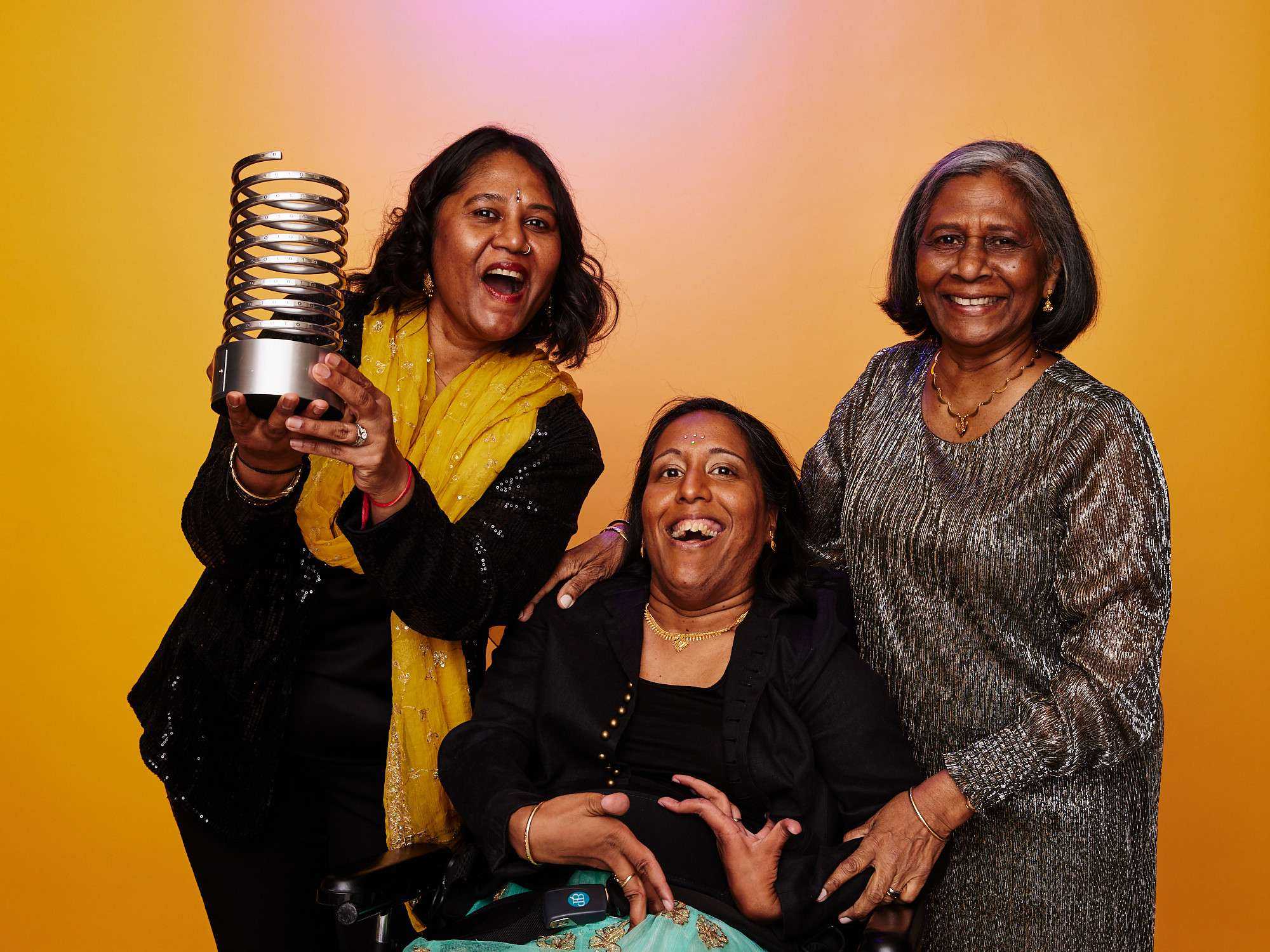BY BRIDGETT LESLIE
Travelling with a disability in New York City can feel like an insurmountable task at times. The bustling city, with its narrow sidewalks and uneven terrain, can pose significant challenges for disabled individuals. Fortunately, online city guides help navigate the journey, like Accessible Travel NYC, one of the few travel companies solely focused on the disability community.
Founded by Lakshmee Lachhman-Persad and her family, the website is designed to address the needs of the disabled community. Specifically, Lakshmee’s sister Annie, who has cerebral palsy, has firsthand knowledge of the adversity and discrimination disabled individuals encounter while travelling. Her mission is to ensure that others enjoy their travel experiences rather than endure them. Through Accessible Travel NYC, disabled individuals can access a wealth of information about: accessible transportation, accommodations, and activities, empowering people with disabilities to explore and enjoy all New York City offers.
According to Lakshmee, the media often portrays people with disabilities as sad and stigmatized. It is her intention to change this narrative. Born in Guyana and later migrating to Surinam and then to New York, the family experienced many challenges in trying to find fun and enjoyable experiences for Annie.
Five years ago, Accessible Travel NYC was born after the family realized that disabled people did not have the same access experiences as those who aren’t. Through her research, Lakshmee discovered that disabled people were deprived of opportunities to enjoy travel like non-disabled people. Furthermore, she uncovered a lack of information on travelling for this market segment. Lakshmee consequently reached out to several organizations, leveraging her industry expertise, wondering why disabled people were not being marketed to. “I knew that if I did not document and create accessible travel experiences, then they would not exist.” She wanted to help other families like her own create their own memorable experiences.
Lakshmee focuses on mobility, which advocates for reliable infrastructure and physical access. “There is no monolith, and people’s intersectional identities define how they think about disability.” She believes that there is an intersection between politics and disability and that more funding needs to be allocated to the disabled community, with disability access becoming a priority.
Since the start of their work, the family has also experienced some of their greatest joys, such as receiving a public vote for a Webby Award through their partnership with the Lincoln Centre. Lakshmee sits on the board of directors for NYC Tourism and Conventions, and also consults with the industry, helping organizations become more accessible and inclusive for people with disabilities.
Accessible Travel NYC has grown tremendously over the last five years. Future plans include focusing on local tourism while piloting their travel program in other accessible destinations. This family’s efforts have paved the way for a future where limitations due to disabilities are a thing of the past, allowing everyone to partake in all aspects of life without barriers.
According to Annie, “Accessible Travel NYC helps me to go out and feel comfortable and inclusive in my surroundings, enjoying many places with my family. I am proud to contribute with my photos for representation and share my perspective on accessibility. I hope this article spreads the message that people with disabilities can have plenty of fun like I do when I am out with my family in New York City.”

